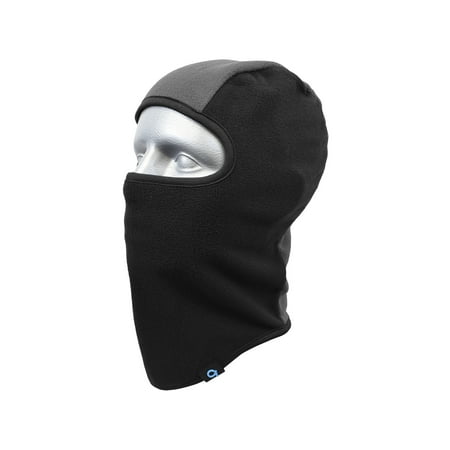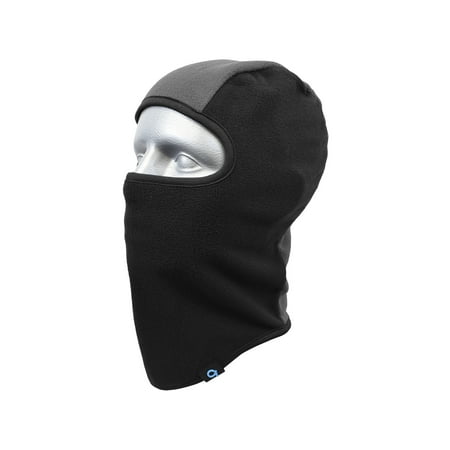Cold Front Accessories The Treadwell Microfleece Balaclava w/Color Block
Cold Front Boy’s Treadwell Fleece Balaclava – High quality 100% knitted polyester reduces windchill by adding an extra layer while remaining a fully breathable face mask and ski mask. Durable, insulated, fleece fabric provides cover and comfort with lightweight, thin, material for activities such as hunting, snowboarding, skiing, cycling and all other outdoor winter sports. Contoured fit around face to seal out the cold and shaped bottom to provide full coverage for your neck.



Reviews
There are no reviews yet.